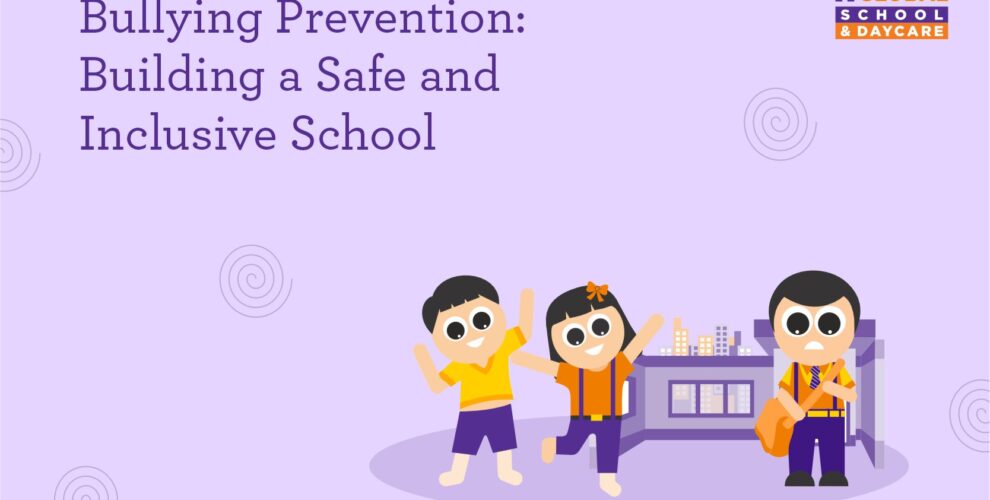Bullying is a pervasive issue that affects millions of students worldwide. It can lead to serious emotional and psychological consequences, impacting a child’s overall well-being and academic performance. Creating a safe and inclusive school environment is one of the most effective ways to combat bullying. In this blog, we’ll explore the importance of bullying prevention and how schools can work to build such environments where every child feels safe, valued, and free to be themselves.
The Impact of Bullying
Bullying is not a harmless rite of passage; it can have long-lasting effects on both the victim and the perpetrator. Victims of bullying often suffer from low self-esteem, anxiety, depression, and a range of physical and emotional symptoms. They may become isolated and lose interest in school, extracurricular activities, or even life itself. Bullies themselves may experience negative consequences, such as academic problems, antisocial behaviour, and a higher likelihood of future criminal activities.
Creating a Safe and Inclusive School Environment
A safe and inclusive school environment is essential for preventing bullying and ensuring every student has a chance to thrive. Here are some key steps schools can take to create such an environment:
- Clear Policies and Procedures: Schools must have well-defined anti-bullying policies and procedures in place. Students, parents, and staff should be aware of these policies, and there should be a clear reporting mechanism for incidents.
- Education and Awareness: Educate students, parents, and staff about the different forms of bullying, its consequences, and how to prevent and report it. Promote empathy and kindness through awareness campaigns and educational programs.
- Support Systems: Schools should have a support system in place for both victims and bullies. Counselors, teachers, and administrators can play a crucial role in helping students deal with the emotional fallout of bullying and teaching conflict resolution skills.
- Community Involvement: Engage parents and the wider community in bullying prevention efforts. When parents are actively involved in school activities and policies, it creates a sense of ownership and responsibility for the school environment.
- Inclusive Curricula: Incorporate diversity and inclusivity into the curriculum. This helps students understand and appreciate differences, reducing the likelihood of bullying based on race, gender, sexual orientation, or other factors.
- Peer Support Programs: Implement peer support programs where older students mentor younger ones. This fosters a sense of belonging and makes it easier for younger students to report bullying.
- Regular Monitoring and Evaluation: Continuously monitor and evaluate the effectiveness of anti-bullying efforts in the school. Adjust strategies as needed to ensure a safe environment.
In Conclusion
Preventing bullying and fostering a safe and inclusive school environment is a shared responsibility. Schools, parents, students, and the community must work together to create an environment where every child feels valued and protected. Ipsaa School stands as a testament to the positive impact that a dedicated approach to bullying prevention can have. It’s time for all schools to prioritize the well-being of their students and build a brighter, bully-free future for the next generation.
To learn more about how Ipsaa School is leading the way in creating a safe and inclusive environment for students, please visit their website at [Insert Ipsaa School Website URL]. Together, we can make a difference and ensure that every child enjoys their school journey in a secure and supportive atmosphere.


Leave a Reply